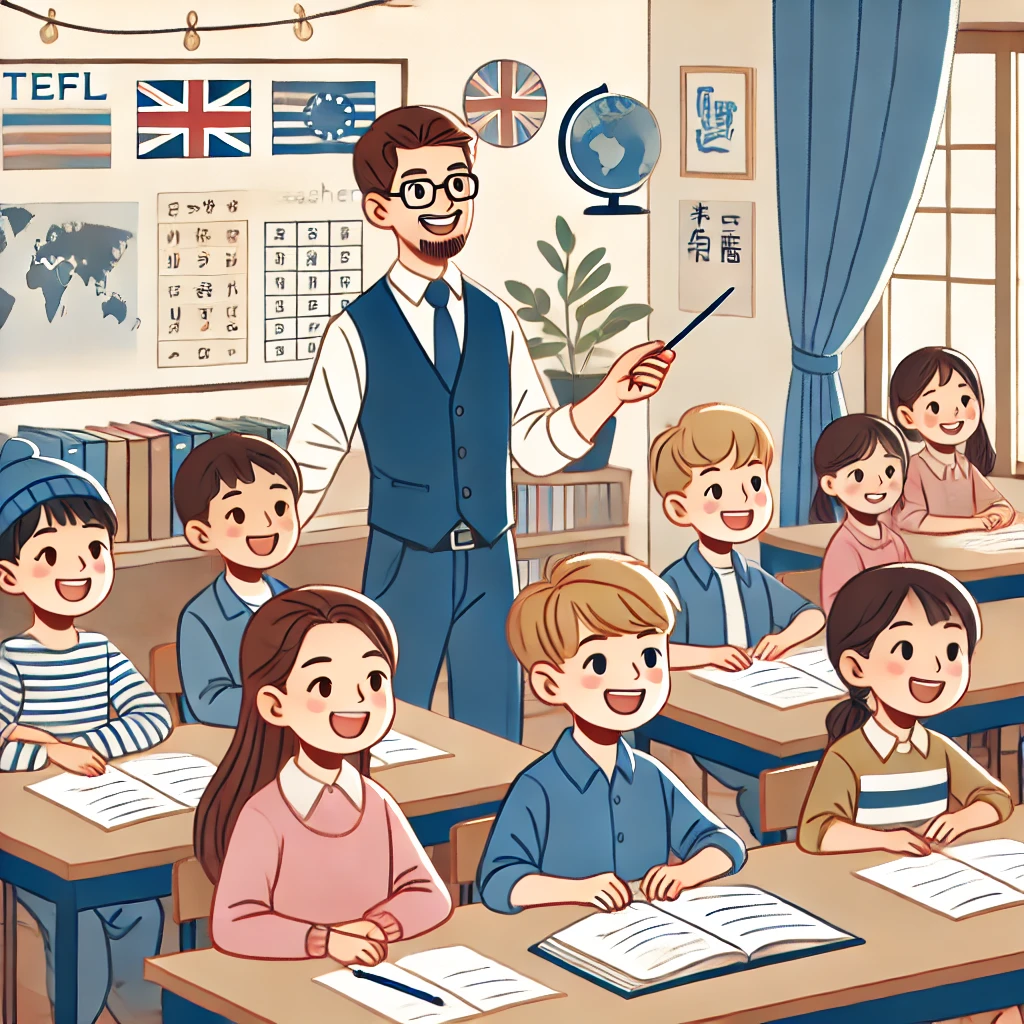Exploring the Rich Tapestry of Linguistic Diversity in the United States
As one of the most ethnically and culturally diverse countries in the world, the United States is a melting pot of languages and dialects. From the indigenous languages of Native American tribes to the various immigrant communities that have settled here over the centuries, the linguistic landscape of the U.S. is incredibly rich and varied. In this article, we will delve into the fascinating world of linguistic diversity in the United States, exploring the different languages spoken across the country and the implications of this diversity for education, society, and identity.
The United States is home to a staggering array of languages, reflecting the diverse origins of its population. While English is the most widely spoken language in the country, the U.S. does not have an official language at the federal level, allowing for the coexistence of a multitude of languages. Spanish is the second most common language in the U.S., spoken by a significant portion of the population, particularly in states with large Hispanic communities such as California, Texas, and Florida. Other commonly spoken languages in the U.S. include Chinese, Tagalog, Vietnamese, French, and German, among many others. In addition to these widely spoken languages, there are also numerous indigenous languages that are still spoken by Native American communities, preserving their unique cultural heritage.
The linguistic diversity of the United States has important implications for education, as schools across the country grapple with the challenge of meeting the needs of students from diverse linguistic backgrounds. Bilingual education programs are increasingly common, aiming to support students who are learning English as a second language while also maintaining proficiency in their heritage language. These programs not only help students succeed academically but also foster a sense of pride and cultural identity. However, the availability and effectiveness of bilingual education vary widely across different states and school districts, highlighting the need for continued efforts to support linguistic diversity in education.
In addition to education, linguistic diversity also plays a crucial role in shaping society and identity in the United States. Multilingualism is a valuable asset in an increasingly interconnected world, facilitating communication and understanding across cultural boundaries. In diverse urban centers like New York City and Los Angeles, the vibrant mix of languages spoken on the streets reflects the rich tapestry of cultures that make up American society. Embracing linguistic diversity can help bridge divides, promote inclusivity, and celebrate the unique contributions of different communities to the national fabric.
In conclusion, the United States is a country where linguistic diversity thrives, enriching the cultural landscape and shaping the experiences of its people. From the languages spoken in homes and neighborhoods to the policies that govern education and social integration, linguistic diversity is a defining feature of American society. By recognizing and celebrating this diversity, we can build a more inclusive and harmonious society that values the unique voices and experiences of all its members.
English Teacher Jobs Lansing, United States TESOL Course English Teacher Jobs Raleigh, United States TESOL Course English Teacher Jobs Hartford, United States TESOL Course English Teacher Jobs Elizabeth, United States TESOL Course English Teacher Jobs Vallejo, United States TESOL Course English Teacher Jobs Billings, United States TESOL Course English Teacher Jobs Overland, United States TESOL Course English Teacher Jobs Jackson, United States TESOL Course English Teacher Jobs Hayward, United States TESOL Course English Teacher Jobs Escondido, United States TESOL Course




